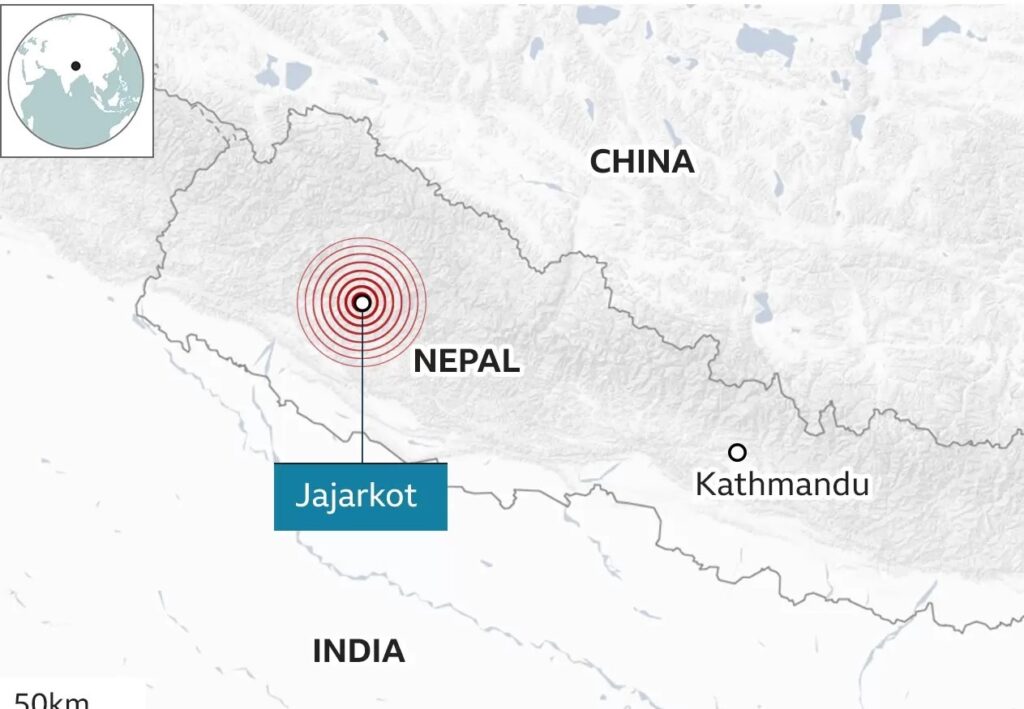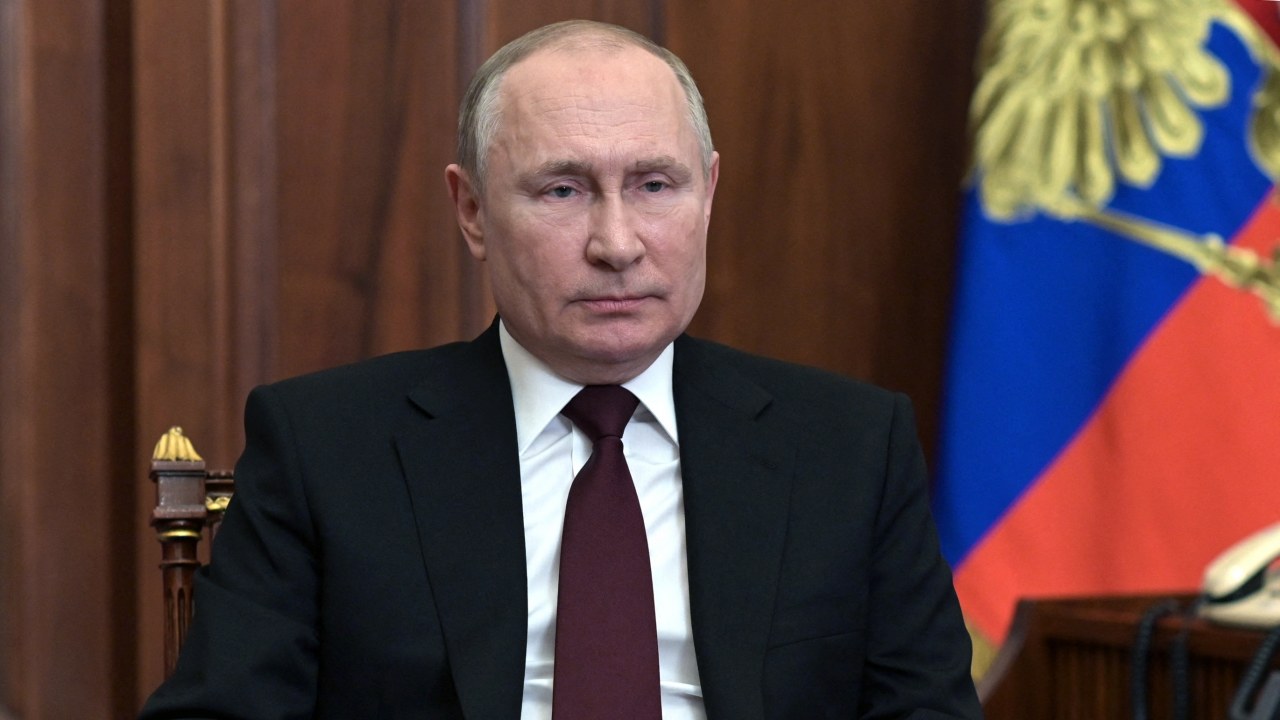
After an earthquake struck distant western Nepal on Friday, more than 150 people have died. 500 kilometers (or 310 long hauls) west of Kathmandu, in the untamed areas of Jajarkot and West Rukum, security forces have been stationed to assist in delivering sweats.
Strong temblors were felt far down in the Nepalese capital and in metropolises in neighbouring India, including Delhi. An army spokesperson said further than 100 people had been injured. Jajarkot’s sanitarium is packed with the wounded.
One survivor, Geethakumari Bista, told the BBC that saviors saved her elder son, but she lost her youngish son. ” We three were in the same room on the top bottom. Everything happed so suddenly. We could not understand what was passing,” she recalled. After their house collapsed, they were buried in the debris. ” People cried around.
The fortified police came and I cried’ I’m alive, too’. First they saved my elder son by carrying her out and taking her downward . Unfortunately, they could not save my youngish one.
She was 14 times old.” Three further temblors were felt within an hour of the earthquake. numerous people spent the rest of the night in the open because of fear of farther shakes and damage to their houses. Videotape footage on original media showed atrophied facades of multi-storied slipup houses.
People were pictured digging through debris in the dark to pull survivors from the remains of collapsed structures in posts on social media. Unicef Nepal said that they were assessing the damage and the risk of the disaster on children and families.
Nepal’s Prime Minister, Pushpa Kamal Dahal, arrived in the affected region on Saturday, after expressing his” deep anguish” at the loss of life and property wrought by the earthquake, on social media platform X.
He said he’d ordered security agencies to incontinently launch deliverance and relief operations. But those hunt and deliverance operations are being hampered by roads getting blocked by landslides that were touched off by the earthquake.
“We were sleeping. We felt like dying,” says Laxman Pun, an earthquake survivor. Their house have been damaged and they could survive” with important difficulty”, he told BBC Nepali.” We do not know where we will be suitable to stay. We’ll presumably need canopies.”
” Our house shook back and forth like a swing. As we rushed outdoors, there were houses falling and dust far and wide. We could not see anything and so we again moved outside. We came out after the temblors stopped,” said Siddha Bohora, a bank director from Jajarkot.

Also read: Morocco earthquake updates: Over 2,000 people killed in unusual, severe quake
In Athaviskot megacity, one of the areas worst affected by the earthquake, three people who had critical injuries were transferred to hospitals in Surkhet by an army copter for farther treatment. megacity principal Ravi KC advised that because of the cold rainfall, the victims who lost their houses will” suffer more”.
The megacity has a population of about 35,000 and hundreds of houses were fully damaged, according to KC. Original government officers, police and army have been stationed for deliverance operations, as there are still bodies left to be recovered from the debris.
The earthquake was recorded at 2347 original time( 1802 GMT), according to Nepal’s Monitoring and Research Centre.
The US Geological Survey measured the earthquake at a magnitude of5.6 and said it was a shallow earthquake, meaning it happed near to the earth’s face. Nepal is positioned along the Himalayas, where there’s a lot of seismic exertion.
Last month, a6.3- magnitude earthquake was registered in the western quarter of Bajhang, performing in injuries.
In 2015, the country suffered two ruinous earthquakes in which 9,000 people were killed and 22,309 injured. The first, on 25 April 2015, was a 7.8- magnitude earthquake which caused utmost of the damage and loss of life.
A large number of foreshocks followed, including one that measured 7.3 in May of that time. The shakes destroyed or damaged further than 800,000 houses substantially in the western and central sections, according to the International Federation of Red Cross and Red Crescent Societies( IFRC).
Government structures, some stretches of roads and Kathmandu Valley’s notorious major monuments- Unesco world heritage spots were destroyed or damaged, with numerous townlets north of Kathmandu smoothed.

































































































































































































































































































































































































































































































































































































































































































































































































